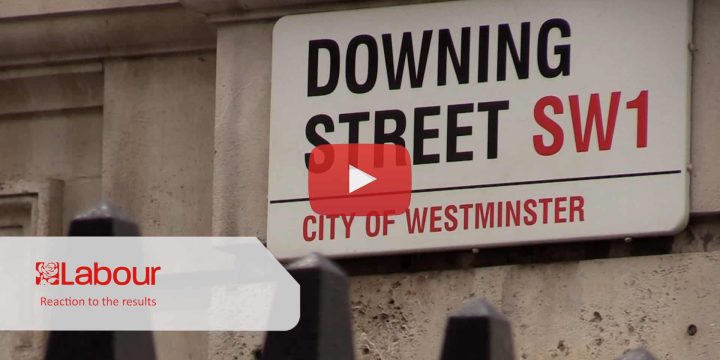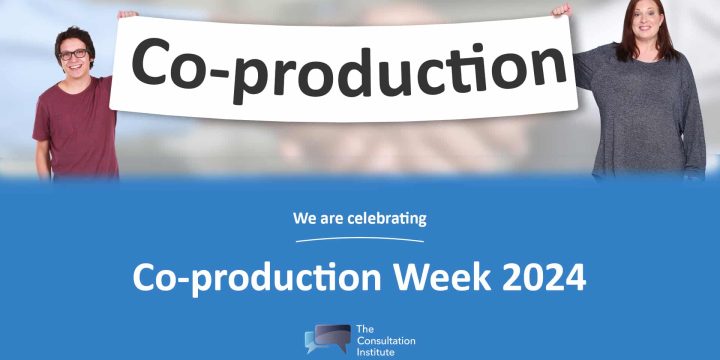News & Insights
All Change? The new English NHS service change guidance – Paul Parsons gives a Consultation Institute thumbs-up
It’s often said that change is the only constant. Planning the care and treatment services a changing population needs is a constant challenge.
Much has changed for NHS organisations in England over the last two years. STPs, the Five Year Forward View, a General Election that left us with a minority government, ever-tightening budgets, the Trust Development Agency and the finance regulator Monitor have been replaced by NHS Improvement, and the trickle of public and political resistance to service change at all levels has become a torrent.
For the NHS, change is a way of life.
So you’d expect there to be change guidance, (this is the NHS after all). And there is: NHS England’s Planning assuring and delivering service change for patients.
It’s a good document with lots of positives to be said for it. When it was published, the Consultation Institute’s founder, Rhion Jones, said “NHS England has done a good job on a most difficult area.”
But it was published in November 2015 and so much has changed around it that some of the detail was already out of date, and other more substantial parts in danger of being misinterpreted, or taken out of context.
And without fanfare, at the end of last month NHS England published a revision. Yes, the NHS England service change guidance has changed.
Changes to the guidance are no small matter for CCGs, hospital trusts, specialised services commissioners, and this time round local authorities that find themselves in the local health and care planning and delivery partnerships known as STPs (Sustainability and Transformation Partnerships) or Integrated Care Systems.
We rated the last version of the guidance and because the update keeps the vast majority of its predecessor’s content intact, we start off liking this one too.
There are many small changes in the new version that we should warmly welcome, because they make the document easier to read and understand. Small changes in style add clarity and make it more useful to the people it’s been drafted for. The new version frequently chooses plain English words over more typical NHS jargon, adds helpful introductory sentences, and used fewer intractable acronyms.
But what of the more substantive changes?
- As we’d expect, the new version puts STPs right at the top of the list as the starting point for commissioning and effectively introduces a new assurance check testing that change proposals align with published STP plans.
- More attention is given to the impact of local commissioning decisions on NHS England’s in-house specialised commissioning function. More robust assurance checks will require local commissioners to provide written confirmation that specialised services commissioners are content proposals will not impact their work.
- There is more detail on the process requirements and sequencing of applying to NHS Improvement for capital funding where it’s needed to facilitate changes. Note however that this new detail leaves open several questions that may well feature in in the High Court if decisions are challenged.
- And as trailed, the patient care (or hospital beds) test is added as an assurance requirement where appropriate. Not as the fifth of the four tests, as many of us expected, rather as NHS England’s patient care test. And the origins of what were known simply as ‘the four tests’ is clearly spelled out with each mention of ‘the government’s four tests’.
There is so much good about this document, that my criticisms are broadly limited to changes that aren’t in there.
Like failing to reconcile the change process terminology it uses with that in other NHS documents like NHS England’s Patient and Public Participation in commissioning health and care Statutory Guidance and NHS Improvement’s Toolkit for communications and engagement teams in service change programmes, to make it easier to use them together.
And most commissioners have come to expect and accept, that the optional decision making business case check described in the last version of the guidance, will be added to the prescribed two-stage assurance process either in a planned fashion, or as a last-minute surprise. Although there are some updates to the text of the requirement in the update, the application of the decision making business case assurance check appears to be left to the difficult-to-plan-for vagueries of local assurance team decisions and all too common changes of mind. A standard three-stage formal process would likely be more useful to everyone.
But it’s the omission of more detail on the development of the change proposals that are presented to the public in a consultation that causes the greatest disappointment. The content in this section stays largely as when it was published in 2015.
Campaigners and their lawyers are being evermore successful in convincing the courts to examine how the options in public consultations were developed and selected. The IRP (the independent panel that advises the Secretary of State on contentious change proposals) has recently commented strongly on failings at this stage of the process.
This is a tricky area for commissioners and we think they could use better and more robust advice. Unfortunately the updated guidance misses the opportunity to provide it.
The new version of Planning, assuring and delivering service change for patients is an improvement on an already very helpful document. The Consultation Institute will continue to champion its virtues to those running NHS change programmes in England. And we’ll work hard to make sure institute members and clients can cover the gaps we think it leaves.
*Briefings on the detail of the changed requirements are available from Institute Associates, please contact Martin on 01767 318350



